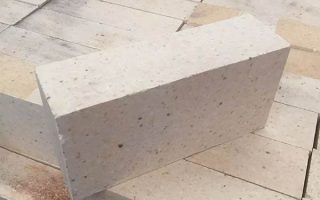Рефрактерные материалы, как правило, относятся к неорганическим неметаллическим материалам с огнеупорным не менее 1580 ° C. Однако, Определения варьируются во всем мире, например, Международный стандарт официально опубликован Международной организацией по стандартизации (Iso) предусматривает это “Рефрактерные материалы-это неметаллические материалы или продукты с огнеупорными трудами не менее 1500 ° C”.
Япония определяет это как “неорганические неметаллические материалы, которые трудно таять при высоких температурах”. Хотя определение рефрактерного материала отличается от страны к стране, Основная концепция такая же. То есть, Рефрактерные материалы используются в качестве структурных материалов для высокотемпературных печей, печи, и другое тепловое оборудование, а также материалы для промышленных высокотемпературных контейнеров и компонентов, и может противостоять соответствующим физическим и химическим изменениям и механическим эффектам.
огнеупорный кирпич
Unlock the potential of our refractory bricks for your cement kilns. Enhance clinker production and reduce energy consumption.
Эксплуатационные характеристики изделий из огнеупорного кирпича повседневного использования
The chemical composition and structure of high-temperature glass bricks are the same as that of ordinary furnace linings. The chemical composition of refractory materials is mainly composed of silica (SiO2), Al2O3, SiO2, MgO2, Fe2O3, MgO, and MgO.
Aluminosilicate refractories are made of silica-based, спеченный при высоких температурах с соответствующим количеством щелочной расплавленной жидкости, и нагреваются, плавятся или механически измельчаются для получения спеченного сырья или обрабатываются определенным процессом.


